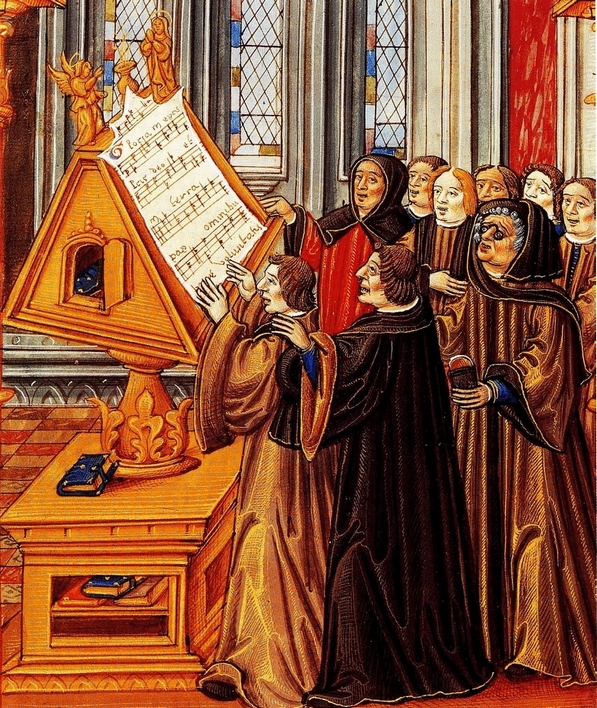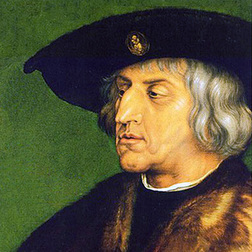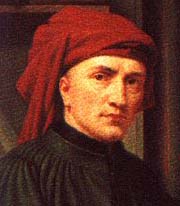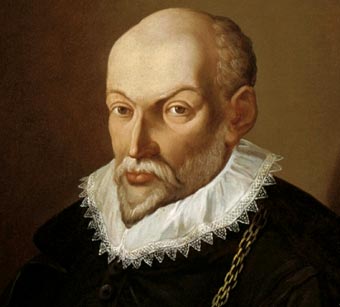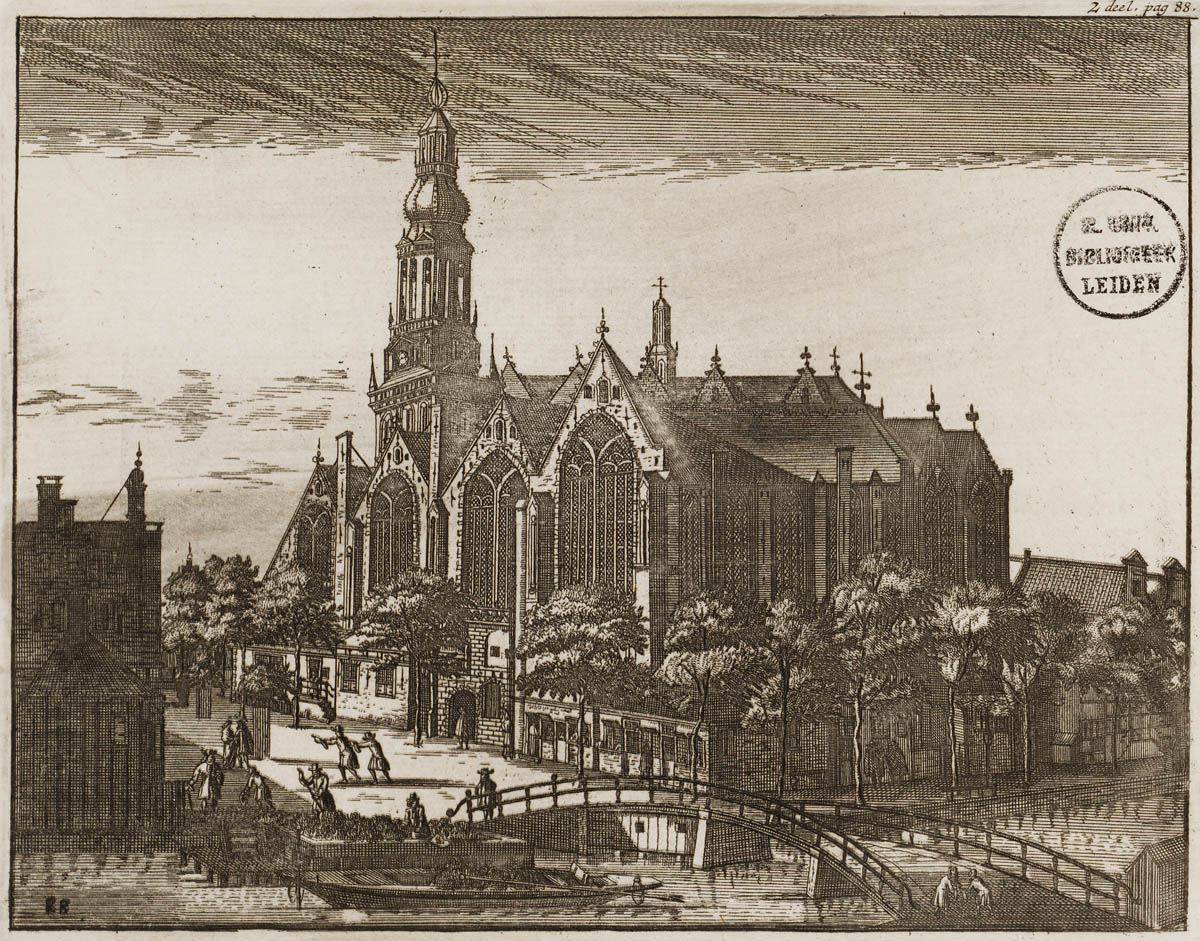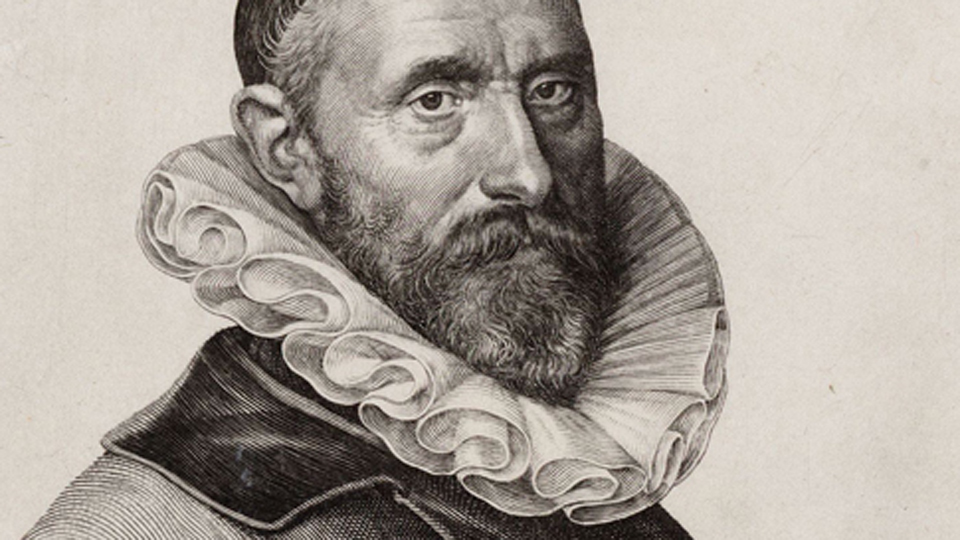Masters of the Renaissance: The Netherlands School
Program Notes by Dennis Keene
Our Renaissance concert offers a sampling of works from the so-called Netherlands School. This term refers to composers and a compositional style that took place in the 15th and 16th centuries in the regions we now call Southern Netherlands, Belgium, and North-Eastern France. In the 15th Century this region was controlled by the Duke of Burgundy, so this school is also referred to as Burgundian or Franco-Flemish. The predominant style was polyphonic, in which each voice part is independent and equal to the others. Eventually, the composers of this style traveled to and settled in other parts of Europe, and by the end of the Renaissance, polyphony imbued the “European style.”
Our program’s pieces span approximately 150 years, from the Early Renaissance of Ockeghem, Isaac and Josquin, to the Late or “High” Renaissance of Lassus, and even beyond to the transitional Renaissance-Baroque period of Sweelinck.
Johannes Ockeghem was the greatest composer of the generation that flourished during the period of 1450-1485. He was so universally admired that at his death the greatest composer of the next generation, Josquin Desprez, composed a masterpiece, La Déploration de la mort d’Ockeghem, in his honor. Ockeghem’s Missa Prolationum may well be his most famous composition. The first page of his Sanctus is composed for only two voices; and yet it is so complete, so expressive, that two voices fully command our interest. But, as the singers turn the page, the whole ensemble appears, and, suddenly, four-part harmony becomes a huge symphony of expressive voices. The next section again is a pairing of just two voice parts, again complete and satisfying. Ockeghem brings back his symphony of voices for the concluding Osanna in excelsis. (One last thing to notice is the wonderfully rich choral texture of the entire work which includes only lower voices (altos, tenors, and two bass parts) - a sound-world typical of Ockeghem.)
Although the Sanctus from the Missa de Apostolis (6-parts) by Henrich Isaac is only one generation away from the setting by Ockeghem, it sounds much more modern. That is because it is composed in a completely different style. First, each section is based on a traditional Gregorian chant (this one for the Feast of the Apostles). It was sung in alternatum style (as we will do) – which is: a phrase of chant unadorned, followed by the 6-part polyphonic choral setting which was based on that chant melody. Then, another phrase of chant, and so on. Furthermore, although the individual voices of the choral setting are independent of each other, they also stack up vertically into blocks of simple harmonies which only change once or twice per measure. This Sanctus is strong and bold for its first two sections, only becoming tender and poetic – as is common in a Benedictus portion. Here, different combinations of voice parts in different registers provide a wonderful series of varied choral timbres.
Isaac’s contemporary, Josquin Desprez, is arguably the finest of all Renaissance composers, and, in my opinion, one of the handful of greatest composers in all of Western Music. This can be said without exaggeration, because when immersed the middle of a great piece of Josquin, time disappears, and daily cares are supplanted by a calm, enveloping spirituality. Only the greatest of composers can take us into the cosmos however one might describe it. Josquin does it perhaps with the simplest means of any of the great composers. This Ave Christe is a masterpiece of the highest level. The work has an ever-changing texture and pairing of voice parts. It has some of the most exceptional changes of harmony, where only a note or two are changed, and yet the emotional affect is utterly transformed. There are the moments where the independent voice parts come together in slow, expressive chords. The colors and emotions that the work depicts are constantly changing in the most subtle ways. Throughout, as we experience such profound feelings, we are not present here on earth, but dwelling in a universe far away.
Leaving Josquin behind, we jump almost a century ahead to a collection of pieces by Lassus, the most important master of the Netherlands School at the end of the Renaissance. Born in what is now Belgium, he was perhaps the most international of the Late Renaissance masters, spending large parts of his career in not only the Low Countries, but also in Bavaria and Italy. The first piece, Benedictus es, Domine, is as simple and straightforward a motet as Lassus ever composed. Each phrase of text is dealt with quickly, followed by the next. The greatest interest for listeners is how completely different this piece is from the Early Renaissance pieces of Ockeghem, Isaac and Josquin. Most striking perhaps is the harmony. In this piece, we no longer hear modal harmonies. No mysticism. It is completely in the major-minor tonal language which coalesced at the beginning of the Baroque period. The work portrays good will and simple faith.
Lassus was extremely prolific. He composed thousands of pieces, including over 500 motets. The contrast of the motets in this program is remarkable. Lassus skillfully depicts the steadfast support of the Deity in Factus est Dominus: 1) All four voice parts stay clustered together in the middle register without exception for the whole motet; 2) the piece is in G Major, hardly ever departing from that key; except for a few measures; 3) there are virtually no textural changes in the piece. There may be no more “stagnant” a motet. But the piece works: it is extremely short, and Lassus clearly expresses the grounded, sure support of the Lord.
Inimici autem could not be more different. In just around one minute, the piece beautifully expresses the text’s lamentation, with great poetic tenderness.
The six-part Ave Verum Corpus is one of the supreme masterpieces of late Renaissance music. Interestingly, it sounds more “antique” than the three preceding simple motets. Lassus, I believe, has chosen a very formal style because of the depth of the famous text. (How these same words have inspired other composers to create exceptional masterpieces! Think of the Ave Verums of Josquin, Byrd and Mozart to name just three.) Lassus uses all his unsurpassed compositional technique to create one section after another, each expressing a differing profound emotion, and all of which seamlessly meld together. For example, the words “He truly suffered for us on the Cross” is first expressed with the four lowest, richest voice parts. The sentence is completed in the highest parts with the top sopranos singing in syncopation, almost sobbing. When he portrays the blood running from Jesus’s side, each voice part in turn has a downward running motive which not only expresses the text but creates an almost overwhelming sorrow. The low, dark setting of “the trials of death” not only captures the words, but sets us up for the tender pleading (“O sweet, pious Jesus”) given to the higher women’s voices. Gradually, all the voices combine in this plea for mercy; and the work culminates in a sense of universal peace.
The first half of the concert concludes with the brilliant Easter motet Christus resurgens ex mortis. The opening motive boldly proclaims the resurrection. Notice how the music suddenly drops down low on the words “ex mortuis” (from the dead). The rest continues in bold exultation, ending with brilliant alleluias bouncing back and forth from part to part.
The second half of our concert is almost entirely given over to a Dutch composer who represents the Netherlands School during the transitional period from the Renaissance to the Baroque. Jan Pieterszoon Sweelinck, composer, organist and teacher, spent his entire life in Amsterdam, where he was the organist at the Oude Kerk for 44 years. He wrote a huge body of choral music as well as keyboard works. He was known as the “Father of North German Organ Music,” because he taught so many of the most important early German organ composers. His influence can be seen from Scheidt to Buxtehude and all the way to Bach. Even though he was one of the most important composers in Europe in the early 1600s, his music is not heard in choral concerts or organ recitals as often as it should be.
Our program features seven of his motets. And, to give a broader picture of this man’s art, I would like to play for you his most famous organ work, Variations on “Mein junges Leben hat ein End”. This set of variations on a German song (My young life has an end) represents one of Sweelinck’s most beautiful compositions. The nuanced, poetic atmosphere he evokes is extraordinary. It begins with a simple four-part harmonization of the tune – or at least it seems simple, except that it expresses a remarkably tender, vulnerable, interior world, as subtle as a Vermeer painting. The work begins on a single flute stop (Bourdon 8’) of great beauty. Each subsequent variation is more and more extroverted: the second variation is still tender, but moves more in eighth notes than quarter notes, and it has subtle sprinkles of fast passage work. The next variation is heard on the sparkling 8’ & 2’ flute stops, and it moves a bit more, with mostly sixteenth notes. The fourth variation begins with a firmer rhythmic motive and includes more finger work. Then comes the boldest variation, played on the full principal choruses of the Grand Orgue and Positif divisions. It is quite virtuosic. After working up quite a bit of excitement, suddenly we return to the mood and flute stop of the beginning, in Sweelinck’s final variation. The music is similar to the beginning of the piece, but now even more inwardly intense. As most of you know, the The Manton Memorial Organ at Ascension is a masterpiece built in France by Pascal Quoirin and inaugurated in 2011. This piece absolutely comes alive on the principal and flutes stops of this instrument!
The Manton Memorial Organ by Pascal Quoirin, inaugurated in 2011
The first of our Sweelinck motets, Or sus, serviteurs du Seigneur, is one of the simplest. Although there is an elaborate array of continued imitative counterpoint (fragments of tunes passed from one voice part to another), Sweelinck almost buries this activity within a composition that expresses a beautiful, simple expression of gratitude and praise.
O Seigneur, Loué Sera is another exquisite miniature. The affect of this piece is delicacy, tenderness and poetry. Again, his detailed counterpoint amongst the various voices does not disrupt the atmosphere – but rather, creates it.
Psalm 102, too, is poetic. But here, with a text twice as long and more specific, Sweelinck portrays each phrase of text in a subtly different manner. The meaning of the words is specifically depicted. “My cry” and “when I cry” are indeed pleading. Yet, all of the individual sections combine seamlessly. Nothing disrupts the general tender atmosphere of the piece.
Five of the Sweelinck motets in this concert were set in French. It is thought that they were not intended for use in the public services of the Calvinist church services, but rather for private devotions in the homes of his circle of friends, for whom French was the preferred language.
The first of the two Latin motets is Venite, Exultemus Domino. It is exactly in the same style and spirit as Sweelinck’s most famous choral work, Hodie Christus Natus Est. He does not try to hide the activity of his counterpoint; he rejoices in all the busy interplay of voices. Brilliance and joy are the goals of this work. Sweelinck succeeds with one of his most rousing, happy creations.
To give the program a bit of contrast, we take a short respite from the pieces of Sweelinck to perform two of the most famous Renaissance secular chansons. Mon coeur se recommande à vous of Lassus tells the poignant story of a man who has just been abandoned by his lover. Because of the horrible things other people have said about him, she will not even see him to say goodbye. It is amazing the way Lassus communicates the poor man’s heartfelt plea to her. Il est bel et bon by Passereau is certainly a contrast! This is an amusing song, featuring the multiple overlapping “b’s” of the word “bon” (good), and the sound “co-co-co-co-da” of the little chickens.
Psalm 90 is one of the most epic and descriptive of the 150 Psalms of David. Composers such as Ives and Vaughan Williams have set the entire text with enormous strength and universality. Not so Sweelinck. In this piece, he has simply chosen to confine himself to just the beginning portion of the text, offering tender and sincere devotion.
Sweelinck’s Psalm 96 has been a touchstone in our repertory. We recorded it – along with Psalm 90 – on our first Renaissance recording, Beyond Chant. It fascinates me, because of its freshness of melody and inventive dialogue between the voice parts. In many ways, its musical style sounds more like a secular chanson than a sacred work. But, as the text says, “singing praise” is what it is all about.
We close our program with another of Sweelinck’s rousing Latin motets, Gaudete Omnes. It, too, is of the same genre as Hodie and the Venite, Exultemus Domino. This piece not only features brilliant effects of virtuosity, but also slower contrasting sections of legato melodies and sustained chord-like passages. It concludes with a thrilling cascade of ever-ascending “alleluias.”


